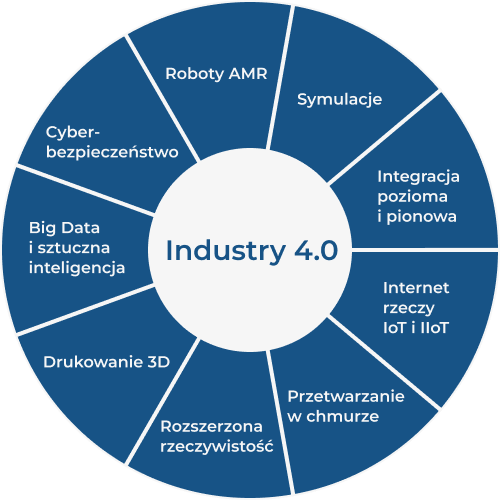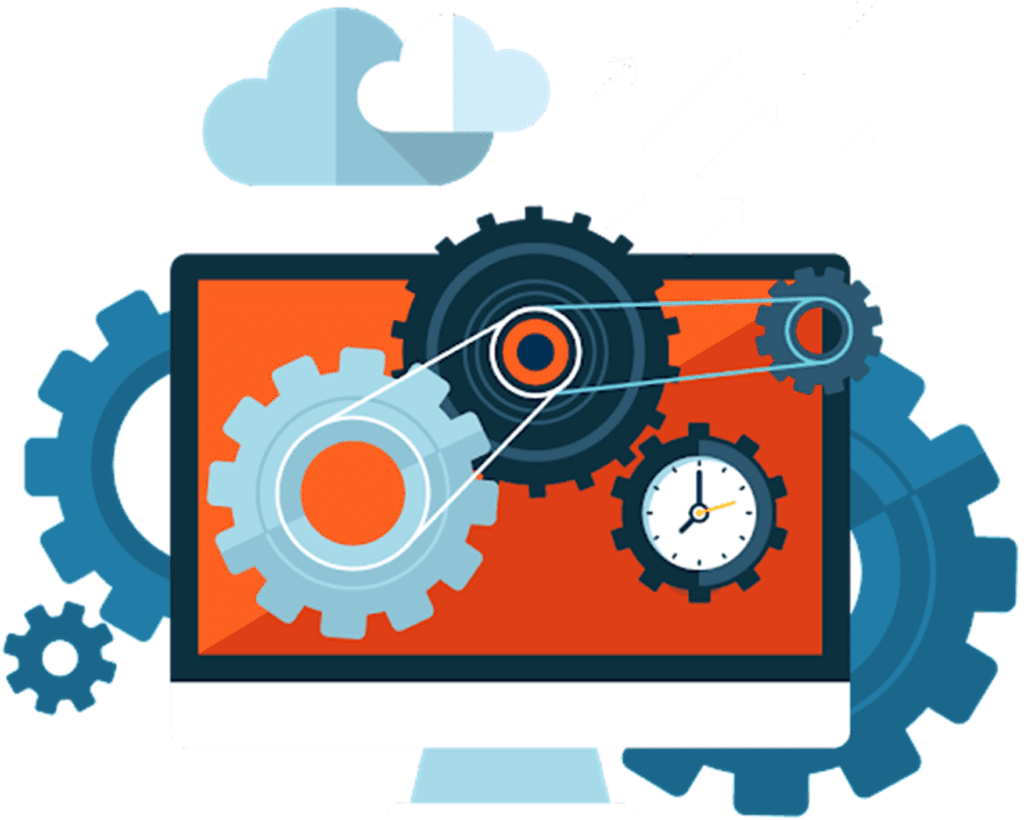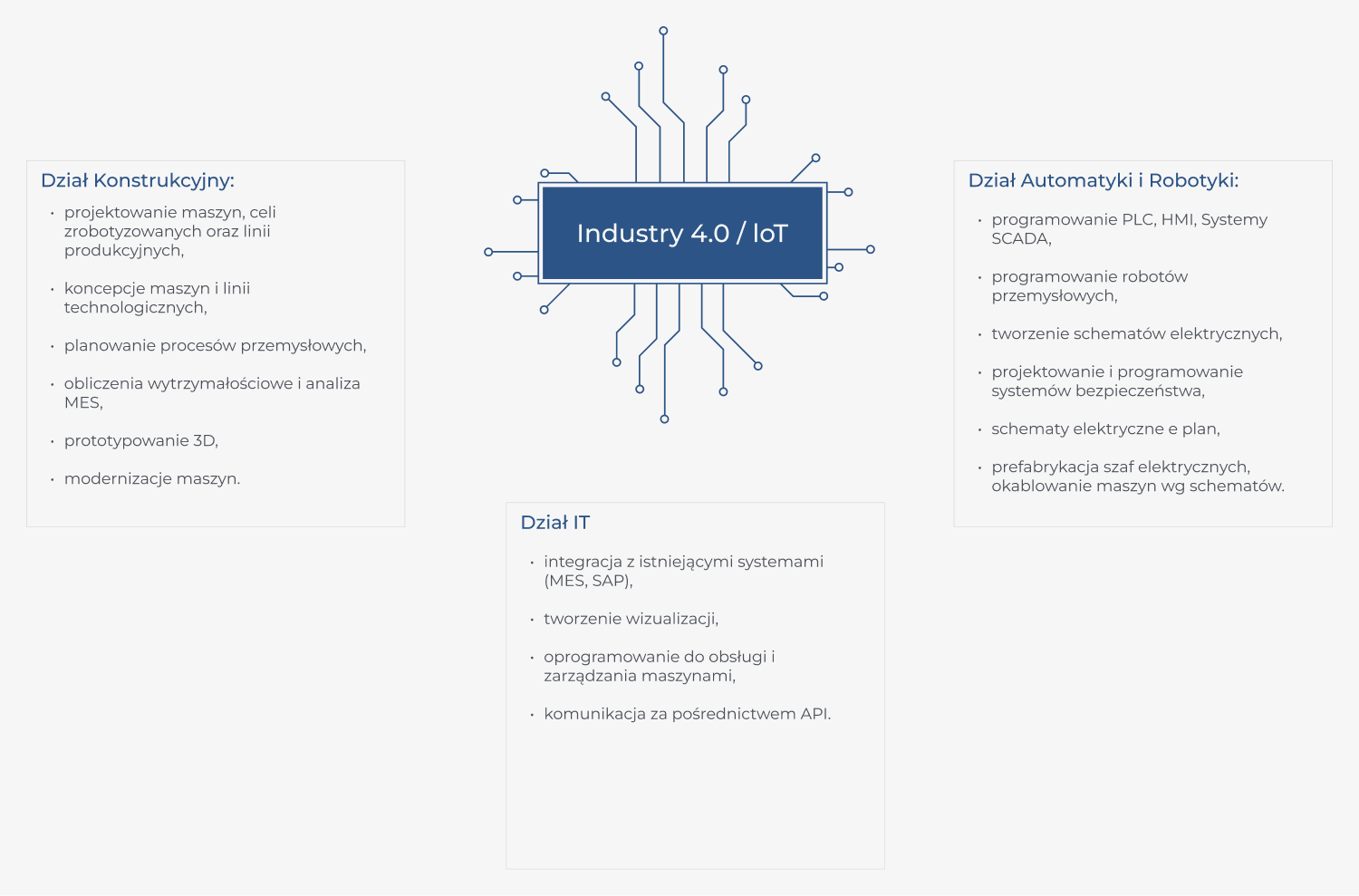
Technologies of the fourth industrial revolution
Technological pillars are the basis of the fourth industrial revolution . Intelligent and autonomous systems are used in many areas of life, and their full capabilities reflect what Industry 4.0 is and give an overview of the progress that has taken place today.

